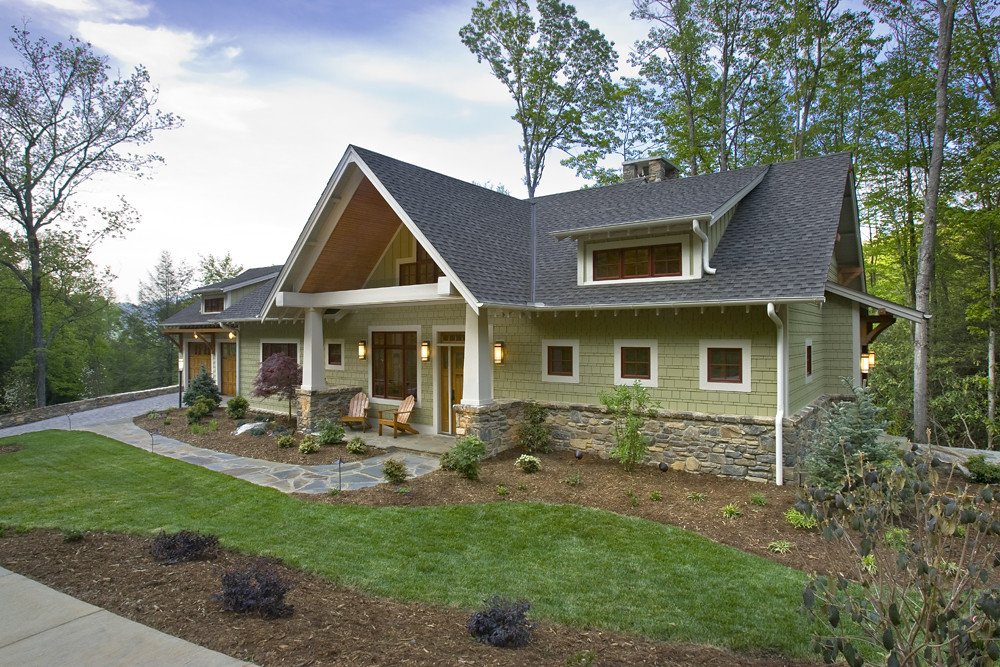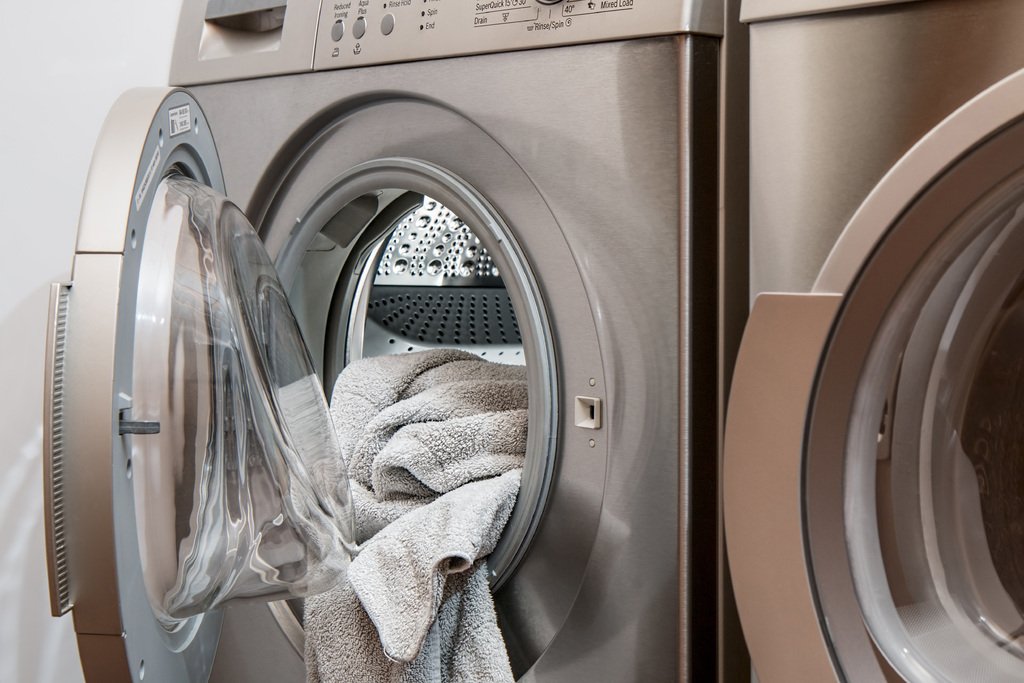Table of Contents Show
Custom home design and construction is about starting with a blank canvas and creating the home of your dreams. It’s about working hand in hand with an architect and builder to make every square foot exactly how you want it. It’s about having the final say on everything from the floor plan to finishes.

Yes, custom homes are not for everyone, but for many people, this kind of hands-on home-building process is the perfect solution to find your dream home that meets your needs, fits within your budget, and exceeds your expectations.
If you’re interested in learning more about what goes into building a custom home, read on for details on what steps to take if you want to build custom homes.
1. Decide on a Builder
Before you move on to anything else, you need to decide on a builder who will oversee and manage the construction of your home. After all, you’ll be working closely with your builder throughout the process, so this is something you can’t skimp on.
Many builders specialize in either new construction or new custom construction. If you’re building a custom home, make sure you choose a builder like Murray Custom Homes who has experience in that field.
Ask around for builder recommendations, talk to the builder’s previous clients, and find out what their work process is like.
2. Determine Your Vision
Before you start designing your home, you need to determine your vision.
What do you want your home to look like? What style of architecture do you prefer? What do you want your home to feel like — modern? Rustic? Industrial? What type of lifestyle are you living now, and what is your expectation for the future?
Answering these questions is crucial since it will give you and your builder a clear picture of what you’re looking for in a custom home.
Read Also:
3. Select the Right Materials
Before you select materials for your home, you’ll want to ask yourself a few questions. What does your neighborhood look like? What are the prevailing architectural styles in your area? What materials are appropriate for your climate? What will last the test of time? You’ll also need to figure out where to source materials from — local or imported?
You’ll want to choose materials that are sustainable and are in line with your budget. You’ll also want to consider the maintenance requirements of each material you’re considering.
For example, natural materials like wood and stone are timeless — but they need to be properly maintained to last for years to come. On the other hand, synthetic materials like vinyl, plastic, and fiber cement can withstand extreme weather conditions (like hurricanes and tornadoes) and are low-maintenance.
4. Plan for Infrastructure and Existing Conditions
When designing your custom home, you’ll likely have to deal with existing conditions, which include things like nearby buildings, utility lines, and environmental factors, such as flooding or landslides.
Depending on the location of your lot, you may also need to plan for things like flooding. If you’re building on a floodplain, talk to your builder about design options. It’s also important to consider utility lines and how they run through your property.
Depending on where they are, they can have a big impact on your design, so it’s best to check them out early in the process to make sure they’re routed in a way that doesn’t get in the way of your plans.
The Bottom Line
Now that you’ve gone through the proper steps to build a custom home, it’s time to sit back and relax. You’ll be able to oversee the architectural design, the construction process, and the final product.
At the end of the day, though, you’ll want to sit back and be proud of the home you’ve created — one that meets your needs fits within your budget and exceeds your expectations.









